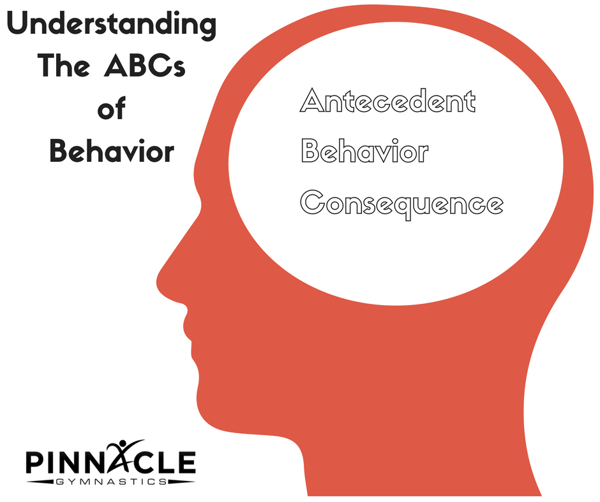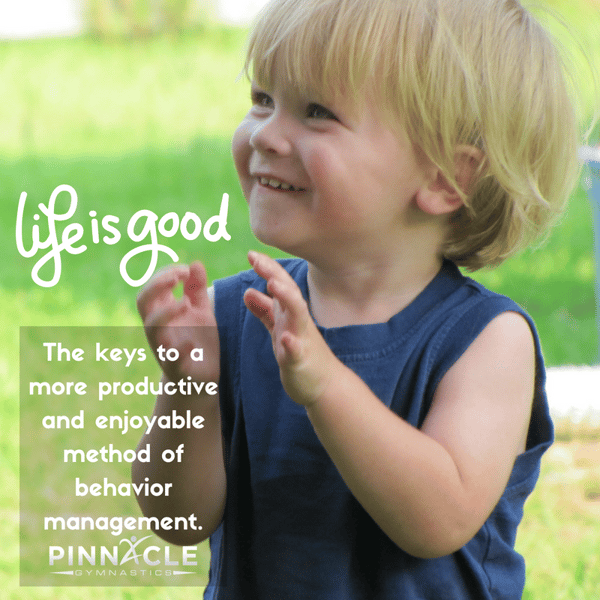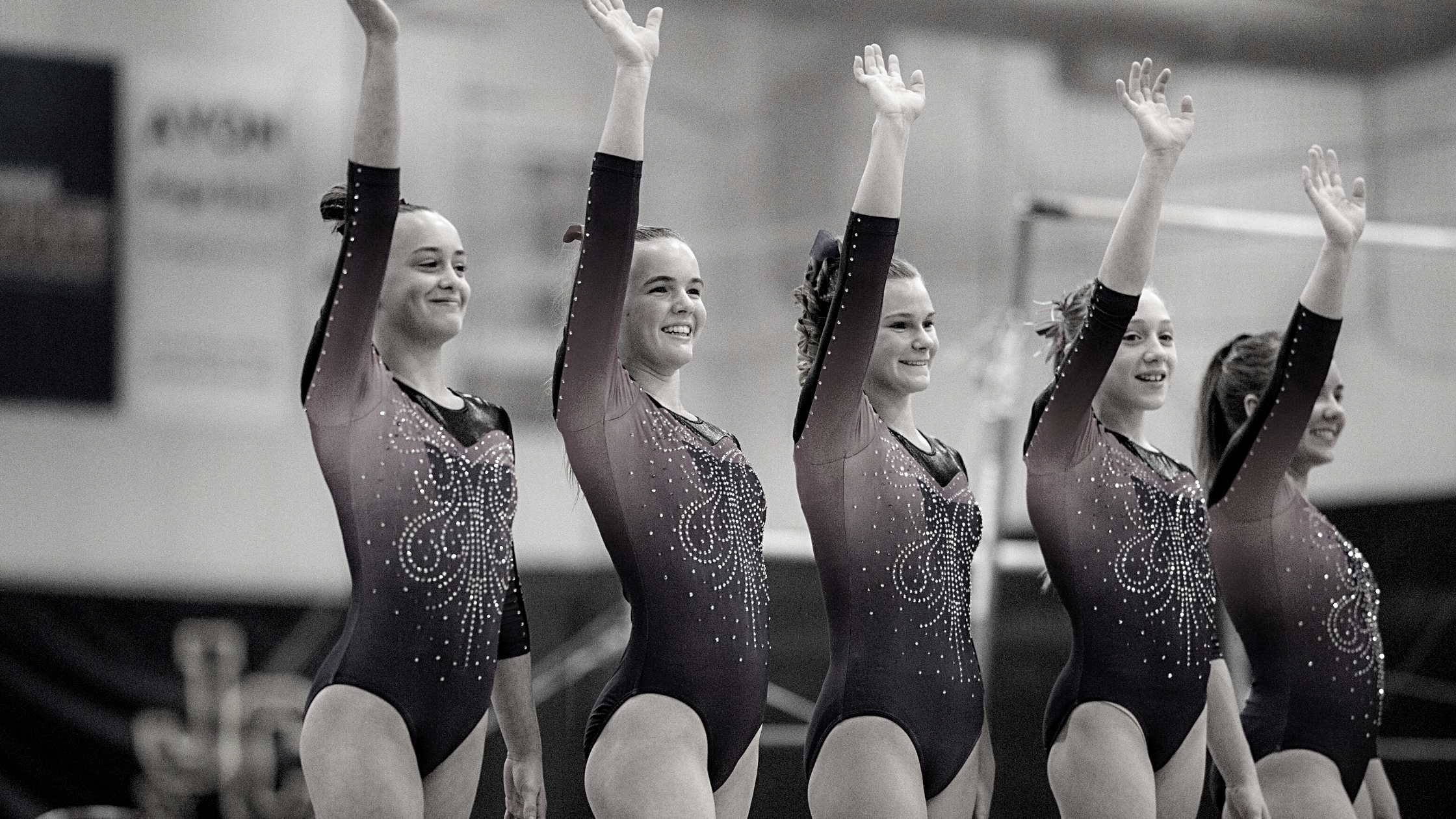Keys to Classroom Management: Understanding the ABC's of Behavior
Understanding the ABC’s of behavior help to run a smoother class, whether teaching dance, working on reading at home, or monitoring the lunch room. When you have a basic understanding of behavior and why it happens, you will know how to work with the student in the future and help them become better students and listeners. Common behavior challenges that are often noted in dance classes include falling on the floor, the child running away from their spot, hitting, pushing, crying, putting non-food items in mouth, repetitive movements, and non-compliance with teacher directions.

Before understanding the ABC’s of behavior you must first start with the basic principles of behaviorism. All behavior is a result of interactions with the environment via conditioning. Conditioning refers to shaping behavior through the means of positive or negative consequences.
A is for Antecedent
The A of behavior is the antecedent. The antecedent is what occurs right before the behavior. In order to understand the antecedent you have to consider the dancers physiological state. Are they hungry, did they not sleep well last night and come to class tired, or are they sick. The teacher must examine the type of instruction that they are giving the students, was it a direct instruction or indirect. What variables does your setting play into the situation. Is there not enough space in the room or are there too many things that could cause dancers to get distracted. Lastly, you must consider if the task that you are asking them to perform is too easy, or too hard.
B is for Behavior
The B of behavior is the behavior itself. The behavior is the learners response to the antecedent. This is observable and measurable and is directly associated with their environment and how they choose to respond to it. The behavior is not the same as the outcome.
C is for Consequence
The C of behavior is the consequence. The consequence is what occurs immediately after the learner responds to their environment, otherwise known as the outcome. The consequence occurs after the behavior and can be framed as reinforcements and punishment. A reinforcement is something that maintains or increases future behavior, while a punishment is something that decreases future behavior. This also includes feedback or a plan to ignore the behavior.
There are four types of consequences that can become an outcome to the behavior.
- Positive reinforcement - when something pleasant is provided contingent on the behavior
- Negative reinforcement - when something unpleasant is removed contingent on behavior
- Positive punishment - when something unpleasant being presented contingent on the behavior
- Negative punishment - when something pleasant being removed contingent on behavior

How to Change Unwanted Behavior
In order to change the behavior you must learn to manipulate the “A” or the “C”. In order to do this you must utilize proactive or reactive strategies. A proactive strategy changes what happens before the behavior. A reactive strategy changes what happens right after the behavior. In using these strategies you can alter the behavior in order to get a more desired behavior.
All behavior has a function or purpose, you get something or escape/avoid something. You have to ask yourself what need is the person trying to meet with the behavior. Are they wanting to obtain a desired object or outcome, escape a task or situation, get attention whether it be positive or negative, or are they doing it because they are self-calming or self-regulating.
Once you understand the components of behavior and the functions of behavior, you can provide your students with a more productive and enjoyable class. Coaching education is just one key to a successful class.
Happy Parenting, Coaching, and Teaching!
Mallory Herbert




